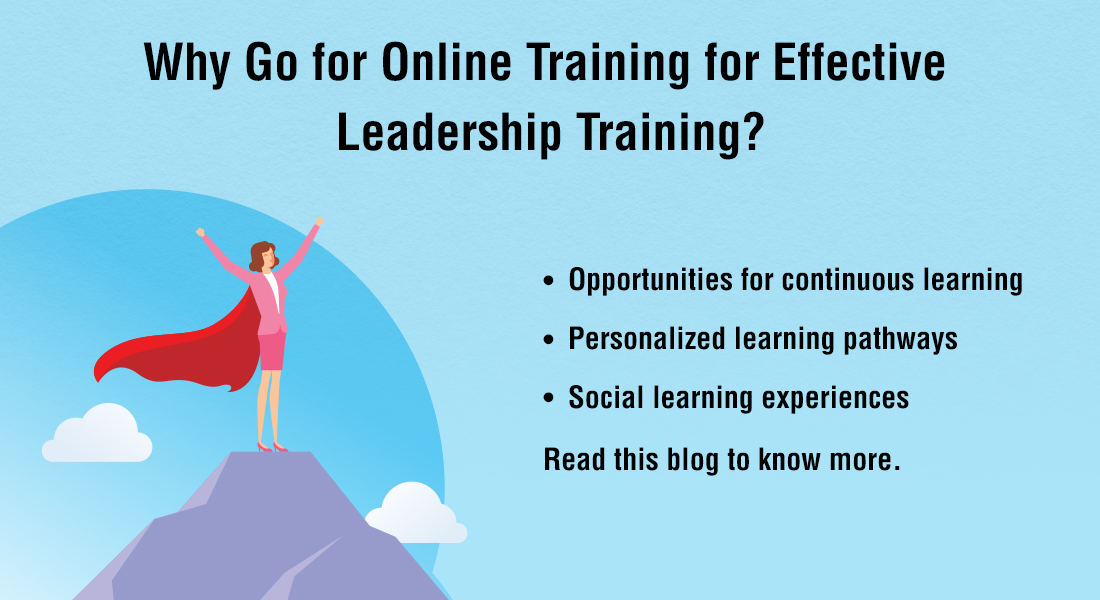Leadership, Learning and “Non-Thinking”

In the fast-paced world of corporate leadership and learning, the mind is often celebrated as the ultimate tool for problem-solving, creativity, and innovation. We analyze, strategize, and endlessly think our way through challenges. Yet, the 13th-century Zen master Dogen presents a radically different view: true clarity and wisdom come not through thought but through what he calls “non-thinking” (Shobogenzo, Treasury of the True Dharma Eye).
→ Subscribe Newsletter: The Rapid Training Energizer
In today’s complex work environments, where decision fatigue and mental burnout are common, Dogen’s teachings offer a refreshing perspective on how we can access deeper insights by stepping beyond thought altogether. His philosophy isn’t just for monks – it’s a game-changer for anyone in leadership, learning, or development. Let’s explore how Dogen’s teachings on “thinking, not thinking, and non-thinking” can guide us to a more mindful, effective approach to leadership and professional growth.
Dogen’s quest for truth began in a time of disillusionment with Japan’s religious institutions. Much like professionals today who feel disengaged from conventional corporate strategies, Dogen sought something deeper – something that transcended the traditional methods of learning and growth. After years of dissatisfaction with the teachings in Japan, he traveled to China, where he encountered the profound wisdom of monk Rujing. It was from Rujing that Dogen learned the essence of Zen, including the practice of zazen, or seated meditation, which laid the foundation for his philosophy of “non-thinking”.
Understanding the Three States of Mind
Leaders face a similar challenge today. In a world obsessed with data-driven decisions and constant analysis, there’s an increasing recognition that overthinking can lead to burnout, decision paralysis, and disconnection from intuitive, human-centered leadership. Dogen’s teachings on meditation, mindfulness, and non-duality offer a pathway beyond these challenges – a way to balance cognitive rigor with emotional clarity and mindfulness.
Dogen introduces the idea that true wisdom emerges not from thought, but from transcending thought. He describes three states of mind: "thinking," "not thinking," and "non-thinking." These stages represent a gradual peeling away of mental activity, each one bringing us closer to pure awareness, which can be particularly useful in leadership and training environments.
1. Thinking
In our conventional understanding, thinking involves analyzing, reasoning, and making judgments. In the workplace, this might look like problem-solving meetings, brainstorming sessions, or strategic planning. But as Dogen notes, thinking alone can lead to a narrow view of reality, where we get caught in endless loops of analysis, missing the bigger picture (Shobogenzo).
Similarly, Jean-Paul Sartre's existentialism also cautions us about the limits of thought. Sartre, in works like Being and Nothingness, warns that we often construct false narratives about our existence through overthinking, trapping ourselves in roles and expectations.
2. Not Thinking
This is the state where we actively resist thought, which in a corporate setting might resemble forced focus or suppression of ideas to "stay on task." This can lead to frustration and burnout, much like professionals who try to avoid distraction by pushing their minds too hard.
While it seems like a step forward from overthinking, it is still a form of mental effort that restricts flow and openness. Sigmund Freud's concept of repression is akin to "not thinking." When leaders or employees suppress their thoughts or emotions to stay “productive,” it can create mental tension, which eventually manifests as stress or burnout.
3. Non-Thinking
Dogen’s most revolutionary idea is non-thinking, a state where the mind rests in serene clarity. Here, the mind neither suppresses thoughts nor engages them – thoughts flow like a gentle breeze through the mind without causing disturbance. In the workplace, this state can lead to “flow”, where leaders or employees are deeply present in the “zone”, fully engaged, and able to make intuitive, high-quality decisions.
The concept of "flow" by psychologist Mihaly Csikszentmihalyi, a state of complete absorption in an activity that requires a delicate balance of skill and challenge, mirrors Dogen’s non-thinking, where effort becomes seamless, and work feels effortless.
In today’s business world, decision-making is often viewed as a purely intellectual task. Leaders gather data, analyze trends, and weigh pros and cons. However, research shows that the most effective leaders often rely on a balance of analysis and intuition.
Steve Jobs famously said, “Don’t let the noise of others’ opinions drown out your own inner voice” (Isaacson, Steve Jobs). This inner voice is what Dogen refers to when he talks about “non-thinking.” Dogen’s concept of zazen translates remarkably well into corporate learning and leadership development.
The Rapid Training Energizer — Newsletter
Get Access to the Best:
- Resources
- Learning Events
- Offers
- And More!
Non-Thinking in Practice in the Corporate World
Some companies like Google and Salesforce have already embraced mindfulness practices, recognizing that training leaders in non-reactivity and present awareness helps improve focus, creativity, and resilience.
Programs such as Google’s “Search Inside Yourself” encourage employees to practice mindful breathing before meetings, akin to Dogen’s zazen. This allows for clearer, more focused discussions where participants are fully present – neither overthinking nor suppressing thoughts but allowing insights to emerge naturally.
Non-Thinking and Corporate Learning
Dogen’s teaching of non-thinking can transform how we approach corporate learning itself. Traditional L&D programs often emphasize thinking – processing new information, analyzing case studies, and applying knowledge through deliberate practice. While essential, this focus on cognition can sometimes overlook the importance of intuitive, experiential learning.
Dogen suggests that wisdom is experiential, not conceptual. Incorporating non-thinking into training programs can lead to deeper learning. For instance, after a session on leadership skills, instead of immediately discussing key takeaways, participants can be encouraged to sit quietly, allowing their minds to process the information in a non-cognitive way. This practice echoes the philosophy of experiential learning ,popularized by David Kolb, where learning happens through experience and reflection, rather than direct instruction.
Innovation is often the result of stepping outside traditional cognitive frameworks. Dogen’s non-thinking offers a method to break free from mental habits and see challenges in new ways. Just as Dogen used non-sequiturs to break the cognitive patterns of his students, modern leaders can use non-thinking to disrupt habitual ways of solving problems. This can be particularly useful in creative industries or when seeking breakthroughs in long-standing challenges.
Companies such as IDEO and Pixar use techniques like non-thinking by encouraging “idea-free zones,” where participants let go of conventional problem-solving strategies and allow ideas to emerge organically. This is non-thinking in action – a fertile ground for creativity, where insights arise not from forced effort but from openness and presence.
It’s a Wrap
Dogen’s emphasis on non-thinking as both the path and the destination offers a valuable framework for today’s professionals. Much like the modern concept of the learning cycle, Dogen teaches that practice and enlightenment (or insight) are not separate stages, but part of a continuous loop.
Every moment of mindfulness, whether in zazen or during a high-stakes business decision, offers a chance to renew both practice and insight. For professionals in L&D, Dogen’s wisdom suggests a new way forward: by fostering environments of mindful awareness and non-thinking, we can unlock the full potential of our leaders and learners. Whether through formal mindfulness programs or simply encouraging moments of quiet reflection, Dogen’s ancient teachings offer a powerful tool for modern growth.
References
- Dogen, Shobogenzo (Treasury of the True Dharma Eye)
- Sartre, Jean-Paul. Being and Nothingness
- Freud, Sigmund. The Interpretation of Dreams
- Csikszentmihalyi, Mihaly. Flow: The Psychology of Optimal Experience
- Isaacson, Walter. Steve Jobs
- Google's "Search Inside Yourself" Mindfulness Program
- Salesforce CEO Marc Benioff: Why we have 'mindfulness zones' (cnbc.com)
- Kolb, David A. Experiential Learning: Experience as the Source of Learning and Development
- IDEO’s Innovation Methods
- How Pixar Fosters Collective Creativity (hbr.org)





